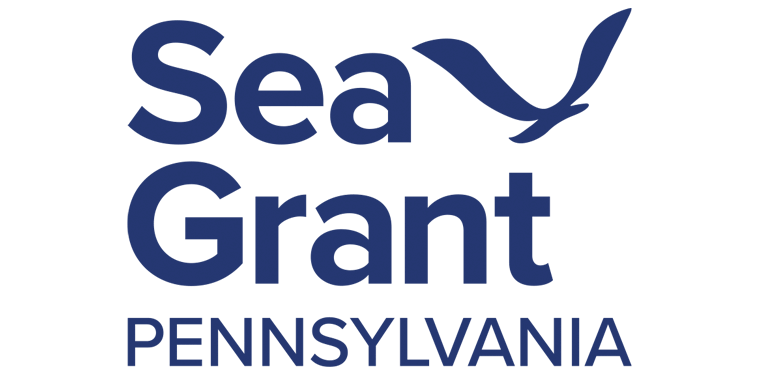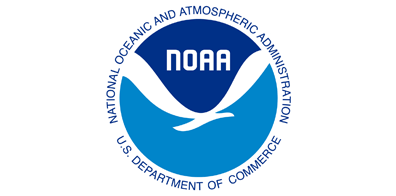Pharmaceuticals and Personal Care Products in Municipal Water Supplies from Lake and Riverine Sources
Humans use a large variety of chemicals in their everyday lives, including prescription drugs, overthe-counter medications, and personal care products. The chemicals that are in these products enter the wastewater treatment systems during the manufacturing process and when consumers use them. These chemicals, collectively referred to as PPCPs (pharmaceuticals and personal care products), have been […]



